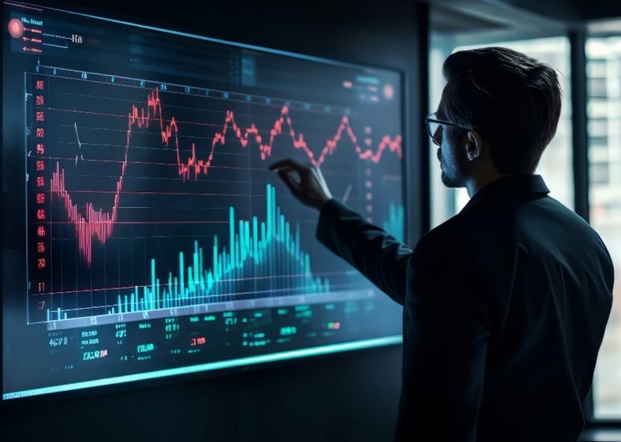
In the world of commodities, trading strategies are often built on two core schools of thought: fundamental analysis and technical analysis. Each provides a different lens through which traders view price movements. Some focus entirely on one or the other, but the most effective traders often use a combination of both. Integrating these views allows for deeper insight, stronger trade validation, and more well-rounded decision-making.
In commodities trading, the key is not to choose between fundamentals and technicals, but to understand how they can support each other in practice.
Understanding the Fundamental Picture
Fundamental analysis in commodities focuses on the economic forces that drive supply and demand. These include weather conditions, geopolitical events, production levels, consumption trends, currency shifts, and government policies. Each commodity has its own set of fundamental drivers. For example, natural gas is heavily influenced by seasonal weather and storage levels, while oil reacts to geopolitical risk and OPEC decisions.
Traders who monitor these elements gain a sense of the long-term trend or underlying bias of a market. Fundamentals often answer the question: where is the pressure building?
Recognizing the Strengths of Technical Analysis
Technical analysis, on the other hand, focuses on price charts, patterns, indicators, and momentum. It assumes that all available information is reflected in the price and that price action often follows recognizable patterns. Technicals help identify entry points, manage risk, and spot potential reversals.
While fundamentals may guide a trader’s outlook over weeks or months, technicals are often used to refine execution. In commodities trading, this distinction becomes especially useful when timing positions in fast-moving markets.
Step 1: Define the Fundamental Context First
The first step in combining these views is to establish a fundamental bias. Are you bullish or bearish on the commodity based on current supply and demand conditions? This long-term view gives you a directional anchor that prevents random trading decisions.
For example, if drought is expected to reduce wheat yields globally, the fundamental outlook becomes bullish. Even if price pulls back temporarily, the underlying pressure supports the idea of eventual price recovery.
Step 2: Use Technicals for Entry and Exit Timing
Once the fundamental direction is set, use technical analysis to determine when and where to enter. Look for chart patterns, support and resistance levels, moving averages, or momentum indicators that align with your directional thesis.
In the case of the bullish wheat scenario, wait for a retracement to a key support level and watch for a reversal signal. A trader using this approach avoids buying into an overextended rally and instead waits for a better risk-reward setup.
Step 3: Re-Evaluate Fundamentals Over Time
Fundamentals can change. New data releases, unexpected weather patterns, or policy decisions may shift the market outlook. Traders should revisit their fundamental view regularly and adjust their positions accordingly. This might mean tightening stops, scaling out of trades, or even reversing their stance.
In commodities trading, staying informed is an ongoing process. Subscribing to economic calendars, crop reports, and geopolitical news is just as important as watching charts.
Step 4: Let Technicals Manage the Trade
After entering a position, technical tools become valuable for managing risk. Trailing stops, moving average crossovers, or trendline breaks can be used to decide when to exit or adjust the position. Even in a fundamentally-driven trade, price action should guide tactical decisions.
This approach allows traders to stay responsive to market conditions without becoming emotionally attached to their original thesis.
Step 5: Confirm Confluence Before Committing
Some of the best trades come from a combination of fundamental strength and technical confirmation. When both analyses point in the same direction, confidence in the trade increases. If the fundamentals suggest rising demand for copper due to increased infrastructure spending, and technicals show a breakout from a multi-week range, the setup becomes especially compelling.
In commodities trading, this type of alignment is where preparation and timing intersect.
Creating a Complete Trading Framework
The integration of fundamental and technical views requires discipline and flexibility. It involves staying current with economic drivers while mastering the mechanics of chart analysis. Traders who embrace both perspectives tend to make better-informed decisions and experience more consistent outcomes.Rather than treating fundamentals and technicals as competing ideas, successful traders use them as complementary tools. Together, they create a full picture of the market, helping traders move with confidence in even the most volatile commodity environments.